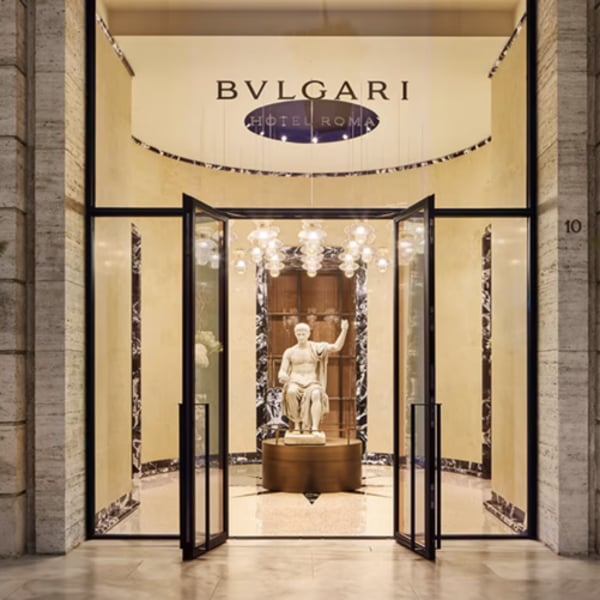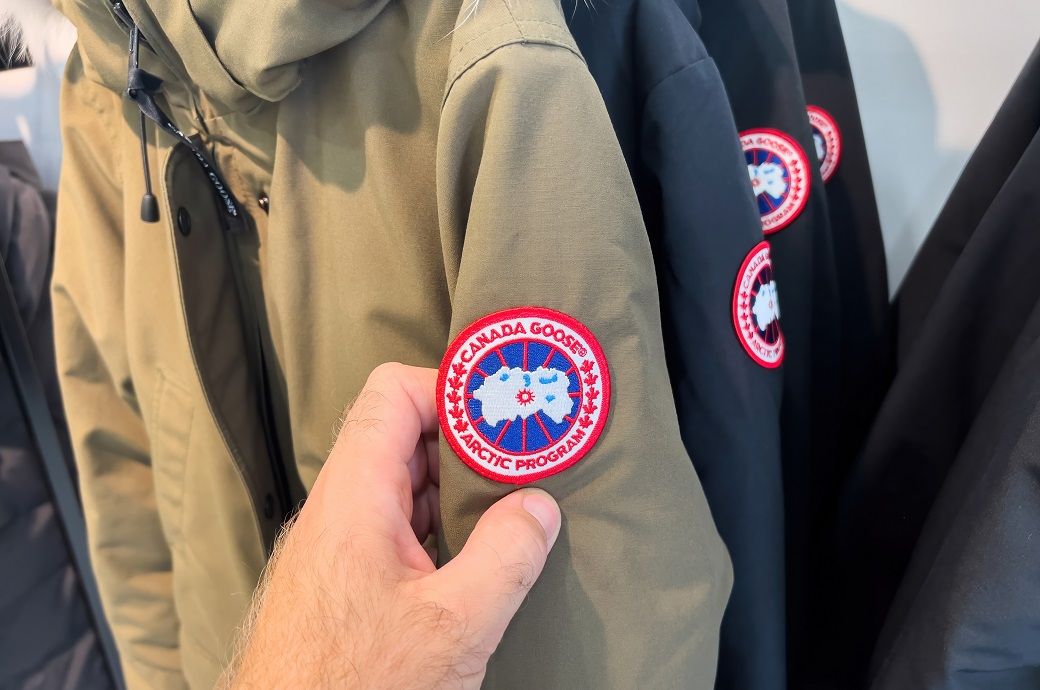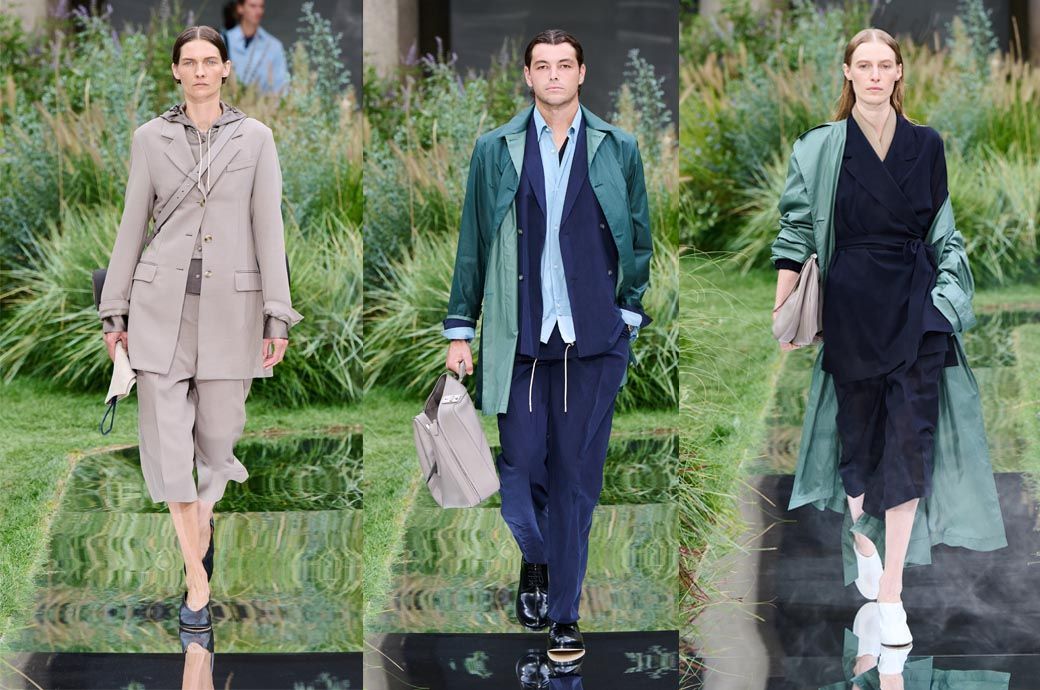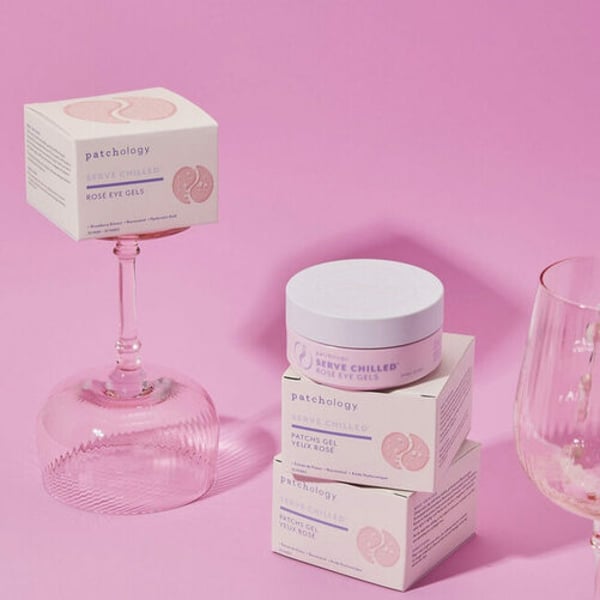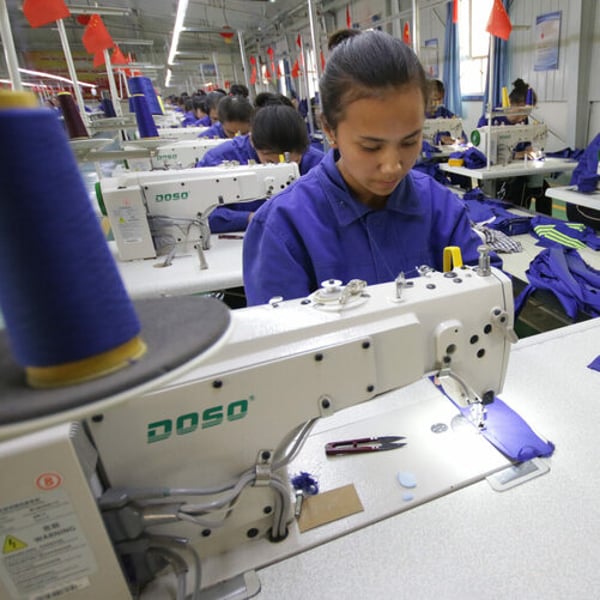Published
February 12, 2025
5000: tailoring of the bay area on the east side of the bass
5000, whose logo is written as five thousand, is a creation of designer Taylor Thompson, a gentleman born in Oakland, California, who chose New York for his track debut.
His hometown inspired this collection, especially the local concept of the “Bootsy” Bay area, a multifaceted term coined by bourgeois, which can mean pretentious or little cool or alternately bold and outrageous.
In the hands of Thompson, the result was a highly sastrería sartorial exhibition that combined elements of soft chic dragoon, banker style and carnaby street.
Taylor played with the idea that “Bootsy” is a double -edged sword, with several passages where the models would throw layers, transforming them into Plissé skirts to complement the sharp costumes. Its best cutting suggestions were elongated Nehru jackets, the elegant severity of the great severity of the Indian revolutionary leader that fits well to the concept of Bootsy individuality ownership.
As someone who once was witnessed the most famous bootsy in action, Taylor's interpretation of the concept seemed light to years of the abandoned colored color of Bootsy Collins James Brown bass and the Parliament-Funkadelic. However, a Collins sensation would have approved Thompson's skills.
Thompson stressed his technical enamel with inverted jackets, buttoned on the back and the sleeves cut to show inner padding and horse. The pyrugo models gently in the afternoon were the best way to show the technique.
Oncedo on the last floor of Nine Orchard, a boutique hotel of the Lower East Side built inside a old bank, 5000 felt as a good fashion statement among the crazy multitude of Manhattan.
Meruert Tolegen: Bureau at Broad Street
The last playful but refined, naive but sophisticated collection, Meruert Tolegen's latest collection manages to combine his youth in the former Soviet Union with his artistic existence in New York today.
Meruert's inspiration this season was a 1976 Soviet musical film, The adventures of bureau, The Soviet version of Pinocchio, Based on a Tolstoy novel.
“The whole movie was actually theater, and wanted its feeling of childish mystery,” Meruert explained in the backstage.
Presented inside the Lehman Ballroom on Broad Street, in front of the New York Stock Exchange, the location also evoked escapism while the models marched by frescoes of giant oceanic eyeliners taken to the port of New York by tugs.
The players of playful vagrants in the cast dressed in huge cable sweaters of Catherine de 'Medici, foams disgusted or silk dresses out of stimples with puppets.

Among the eccentricity there was a great appearance: a faded anthracite government coat, asymmetric dresses with flyers or black cocktail dresses from Jacquard Bustier's black cocktails, the type of girl who bureaute wants it to come out when it grows.
The hairstyles were extravagant, taken from several figures with blue hair in small knots. Too often, the film's children's fantasies took strange clothes, where the idea exceeded the appearance and the user. The names of certain Japanese designers began operating in the head.
That said, this was a moment of charm and some ideas to take risks at a time in the United States when a little fresh thought would not go wrong.
Copyright © 2025 Fashionnetwork.com All rights reserved.


